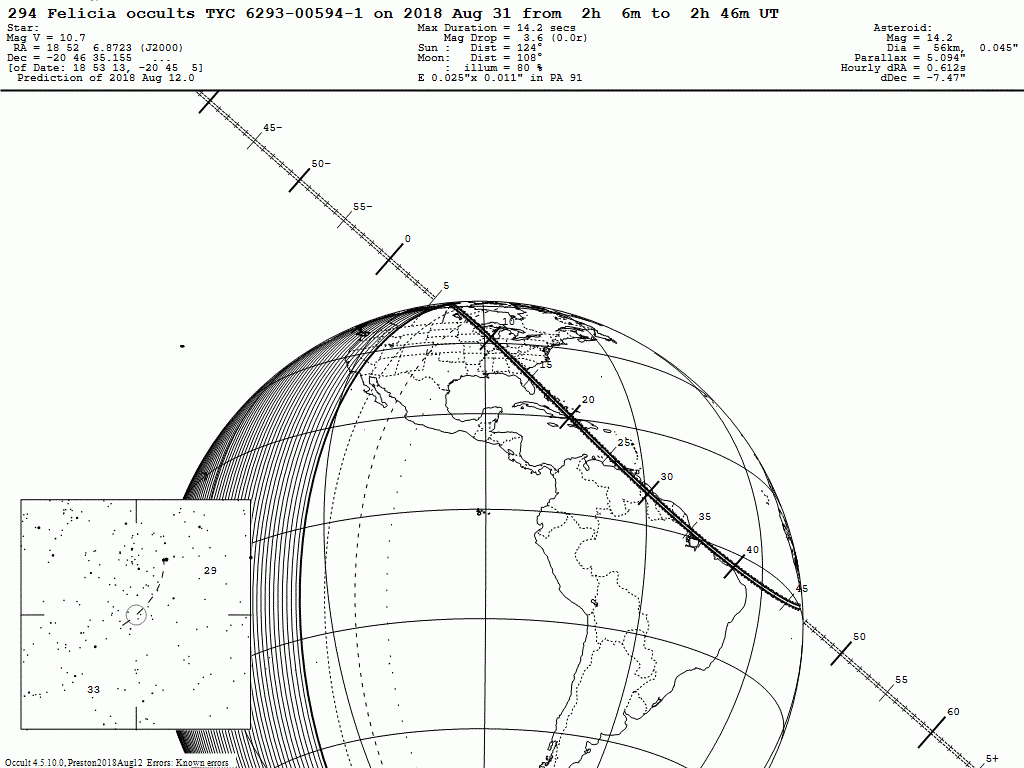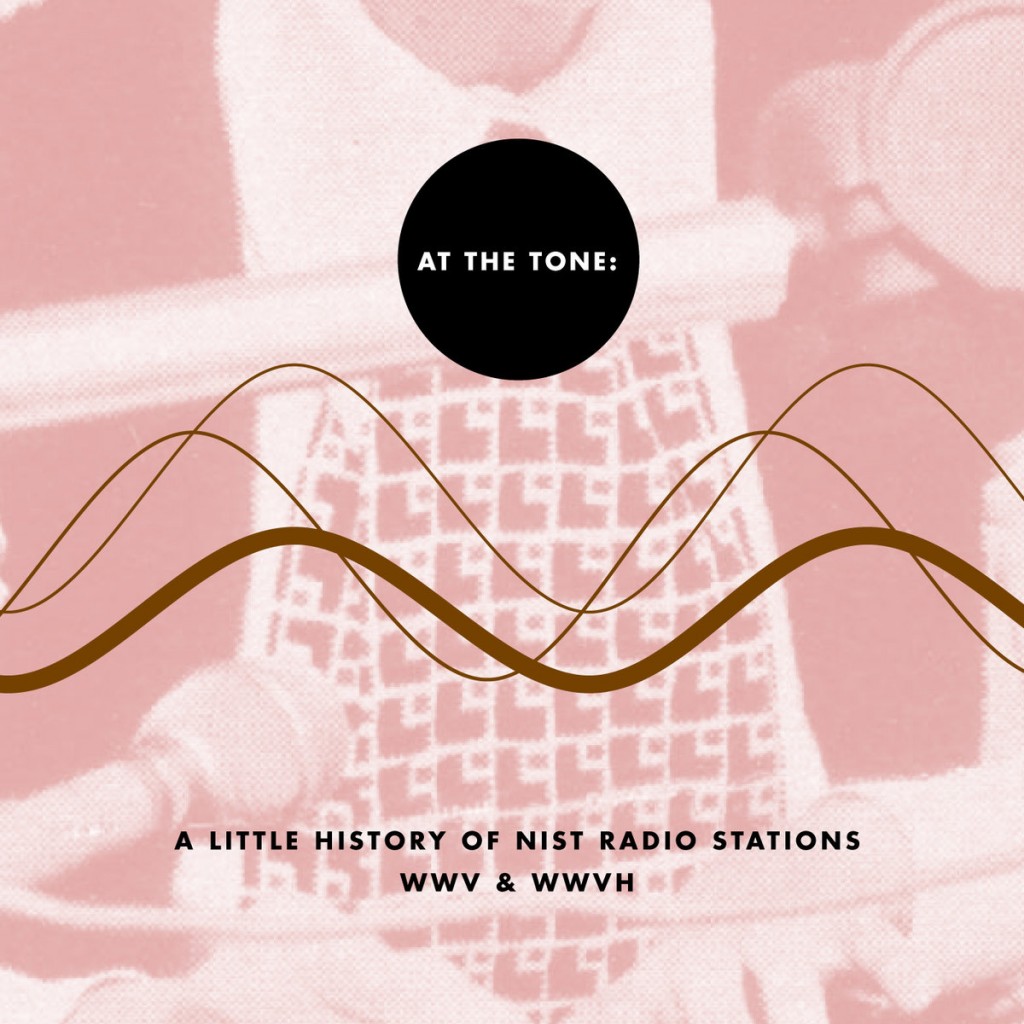(Source: IEEE Spectrum Magazine)
Several public radio stations that have broadcast the time of day continuously for nearly 100 years are on the chopping block
By Julianne Pepitone
Starting in May 1920, the U.S. federal WWV radio stations have broadcast the official time without fail. For ham radio fans, hearing the friendly “National Institute of Standards and Technology Time!” announcement is a comforting old refrain. For others, it’s a service they’ve never heard of—yet in the background, it’s what keeps the clocks and appliances in their daily lives automatically ticking along on time.
But after 98 years, this constant companion could soon go off the air. The proposed 2019 U.S. presidential budget calls for a 34 percent cut in NIST funding; in response, the Institute compiled a budget-use plan that would eliminate the WWV stations.
At first blush it might sound like the natural end to a quaint public service from a bygone era. Do we really need radio-broadcast time signals in an era of Internet-connected devices and GPS?
Many would argue: Yes, we really do. More than 50 million devices in the United States—including wall clocks, wristwatches, and industrial appliances—keep time through the signal from NIST’s WWVB station, operating from a site near Fort Collins, Colo., where it reads the time directly from an atomic clock. These radio-equipped clocks are permanently tuned to WWVB’s low-frequency 60 kHz signal.
“WWVB is the pacemaker for the world around us, even if we don’t realize it,” says Thomas Witherspoon, editor of shortwave radio news site The SWLing Post. “It’s why factory workers and schools don’t need to drag out the stepladder every time we switch between Daylight and Standard Time. Without WWVB, these devices won’t magically update themselves.”[…]
Click here to read the full article including comments from WWVB’s Station Manager.









